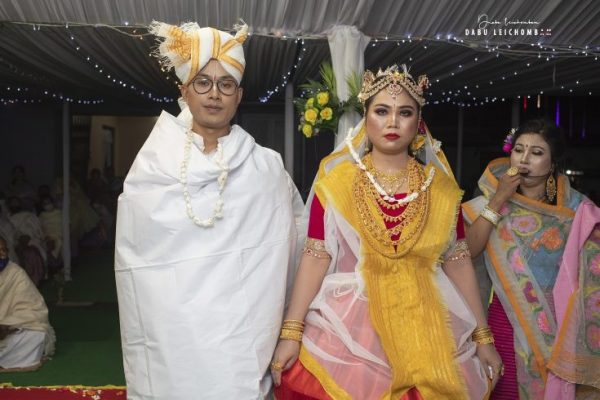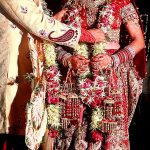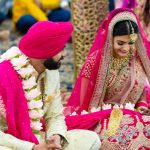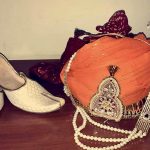India is home to a conglomeration of cultures from north to south, from west to east. This can be seen in each state and its traditions. This is especially evident in weddings and Manipuri weddings are a perfect example for you to experience the culture of Manipur. In this article, you will discover Manipuri wedding rituals.
Manipuri Pre-Marriage Traditions
Manipur is located in the northeast section of the Indian subcontinent. It is home to several ethnic groups and tribes, each with its unique culture. The Meitei people are the predominant ethnic group of Manipur so it is the Meitei traditions when Manipuri marriage rituals are referenced.
Hainaba: This is the engagement ceremony. The groom’s parents along with friends and relatives visit the bride; they come with kandis (earthen plates) of fruits, sweets, and gifts to the future bride.
Yathangthanaba: This is ceremonial even when the marriage date is fixed in front of the family elders.
Waroipotpuba: Also known as Heikat-Leikat Puba, one presents offerings to the bride’s totem or the family deity.
Bor Baton & Leilenga: In the Bor Baton ritual, a young boy goes to the groom’s house to invite the latter to the wedding. At the same time, the Leilenga ceremony happens at the bride’s house. The bride weaves a garland for herself and the groom while a priest is chanting for a happy married life. These garlands consist of the Kundo flower.
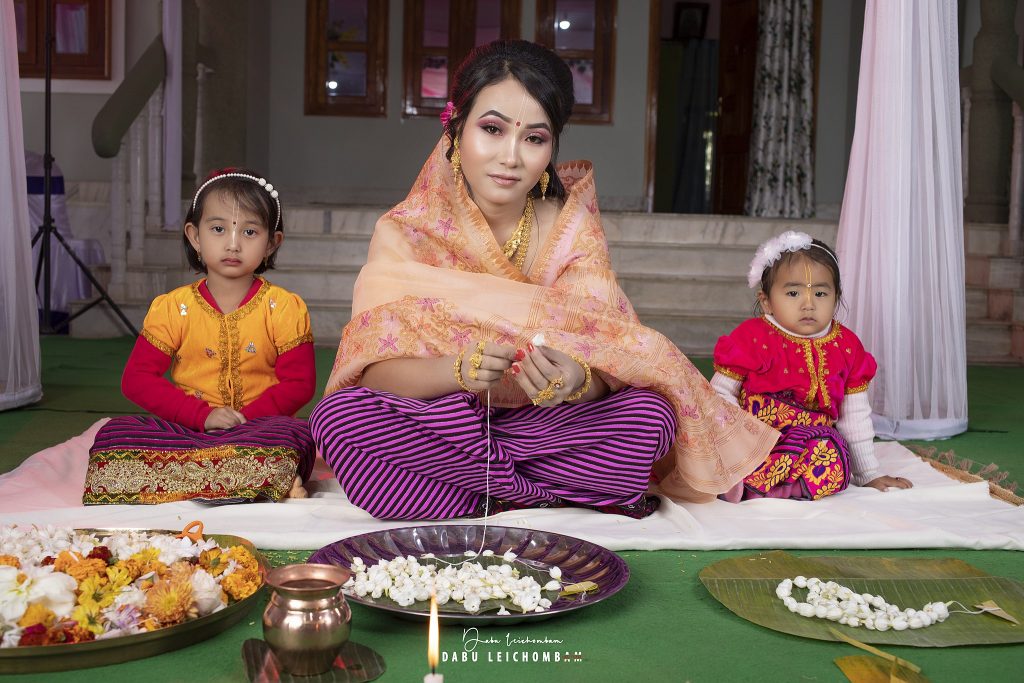
Manipuri Marriage Customs
Haija-Pot: The first formal event for a traditional Manipuri marriage where one declares the marriage to the clan, family, relatives and elders. The bride receives seven varieties of fruits, parched rice (kabok) and clothes, in a Heijing Kharai, decorated bamboo basket.
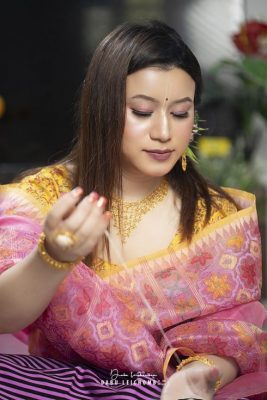
Bar-Barton: This is the formal invitation for the groom to the Traditional Manipuri marriage. The brother of the bride invites the groom to participate in the ceremony by placing a garland (Pana Kwa) of betel leaves, betel nuts, and banana leaves, all threaded with a white cloth.
Bor Yatra: The groom sits on a mat and a white cloth covers him. In front of him, there is a half-filled metallic pot and a mirror. On his sides, there are items such as fruits, flowers, betel leaves, sandalwood paste, milk, ghee, and gold. Once the yagna is over, the groom and his friends head towards the bride’s house with a Chaisel (umbrella) and a mirror. Accompanied by men and women, the groom’s parade is led by the groom’s mother and a Lai-Pot Pubi. They carry raw rice, vegetables, several fruits, and fish; these are a token of well-being and prosperity. One refers to a married woman with an elder son as Lai-Pot Pubi, entitled to lead the group.
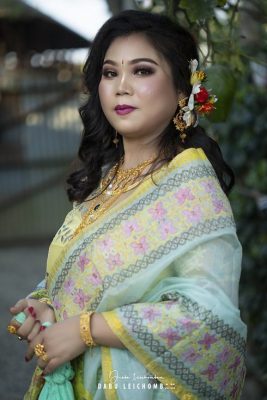
Nat Sankirtana: In this cleansing procedure, one lits a sacred fire and the bride and groom performs mantras or yagnas in their houses. One builds Kunjas (special mandaps) in the bride’s house and offers sandalwood paste, betel leaves, and betel nuts on banana leaves. One can hear the singing of hymns and the pung dance performance. The singing starts when the groom and his parade enter the marriage venue. Then the bride is invited to the hall by throwing rice and lighting a Deoti, a torch made from bamboo. The bride and groom sit and their hands get tied together with kushrundju (thread made from plants). A plate with an odd number of bananas, husked rice, dhoti, and other articles is kept over their hands.
Meetam-Nga-Thaba: While the previous ritual is happening, another ritual takes place simultaneously. This ceremony is about letting two fishes into the water; the fishes are symbols for the bride and the groom. Earlier, one did this ritual as a prayer for happiness and prosperity, but now one performs it for good luck in the future.
Lei-Koiba: With a brass pot of water, the bride walks around the groom and showers him with flowers after each round. After this, the couple exchanges garlands and seek blessings from the elders.
Kangsubi Lannaba: The couple enters their new home and feeds each other Kangsubi (sweet made of sesamum). This is to signify their love for each other.
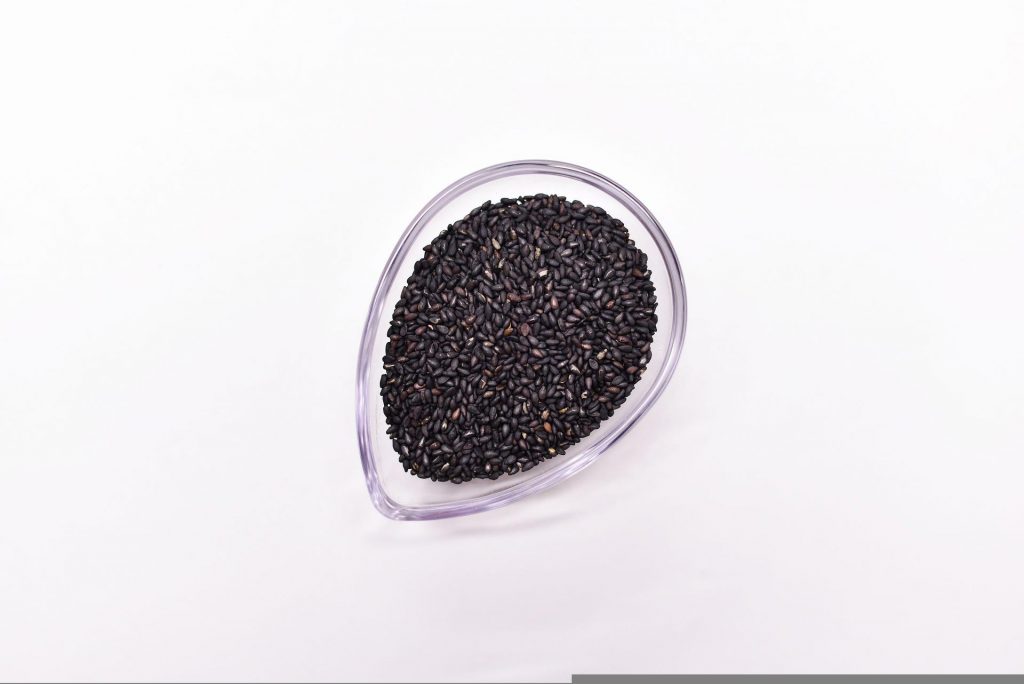
Manipuri Post-Marriage Traditions
Phamnando: The bride takes one single and one double bed to her in-law’s house. The bride’s uncle places his hand on the single bed for the bride to have a blissful and fertile life. The bride sits on the bed and the elders give their blessings to her.
Mangani Chakouba/Chaoba: This is the traditional wedding reception which takes place 5 days after the wedding. This feast takes place in the bride’s house.
Manipuri Marriage Traditions
The Manipuri marriage culture has enchanting traditions. Every ceremony in a Manipuri marriage ceremony displays the rich heritage of Manipur and its people. The mesmerising traditions of a Manipuri wedding should be experienced by everyone.




